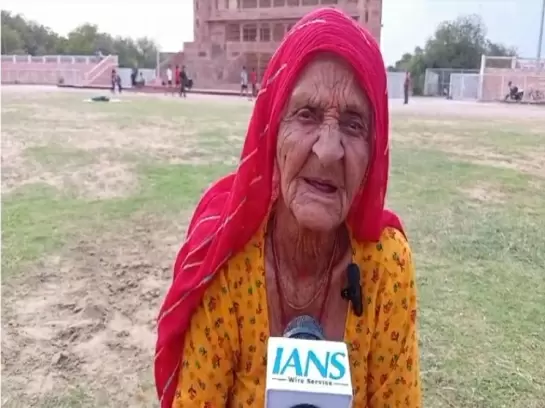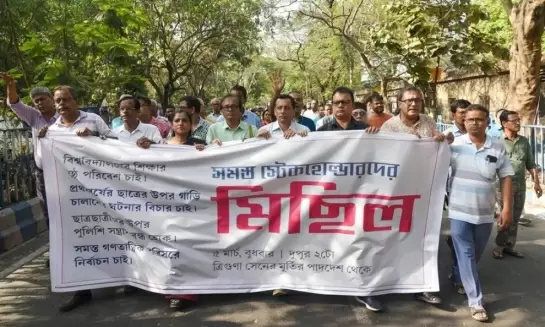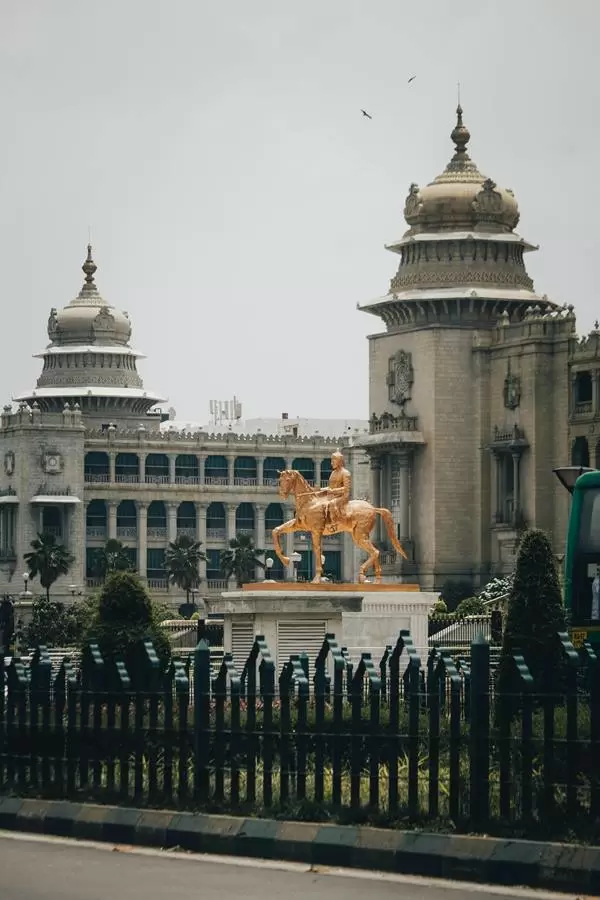89% of Maoist violence in 30 districts in 2018: MHA (IANS Special)
31-October-2019
The geographical expanse of Maoist violence has been considerably shrinking and 89 per cent of it was restricted to just 30 districts in 2018, says the Union Home Ministry's annual report.
In 2018, the violence attributed to Left Wing Extremism (LWE), or Maoist as commonly known, was reported from 251 police stations in 60 districts spread across eight states as compared to 330 police stations in 76 districts spread over 10 states in 2013.
The banned Communist Party of India-Maoist continues to be the most potent among the various Maoist outfits in the country and accounted for more than 88 per cent of total LWE violent incidents and resultant deaths, said the report, which was released last week.
Amidst its increasing reverses, the report said, the CPI-Maoist has been making efforts to expand to new areas along the inter-state borders, but without any significant success.
In order to counter Maoist activities, the report said, several steps have been taken to strengthen and upgrade the capabilities of intelligence agencies at the Central and State level, including intelligence sharing through Multi Agency Centre (MAC) at the Central level and State Multi Agency Centre (SMAC) at the state level on round the clock basis.
Other steps which have been taken to strengthen the intelligence mechanism include setting up of Joint Command and Control Centre at Jagdalpur (Chhattisgarh) and Gaya (Bihar), strengthening of technical and human intelligence, thrust on generation of real time intelligence and creation and strengthening of State Intelligence Bureaus (SIBs) in the affected states for which Central assistance is provided.
The Ministry of Home Affairs has also issued a Standard Operating Procedure on issues related to Improvised Explosive Devices (IED) and landmines in Maoist-affected areas and circulated to all stake-holders to promote best practices in IED management.
A total of 56 India Reserve (IR) Battalions were sanctioned for 10 LWE affected States - Andhra Pradesh, Bihar, Chhattisgarh, Jharkhand, Madhya Pradesh, Maharashtra, Odisha, Telangana, Uttar Pradesh and West Bengal - and out of them, 44 have been raised.
In addition, the Centre has sanctioned raising of 10 new Specialised India Reserve Battalion (SIRB) for Bihar (1), Chhattisgarh (2), Jharkhand (2), Madhya Pradesh (1), Odisha (3) and West Bengal (1) and eight have been raised.
To combat the Maoist rebels, the Home Ministry said it has been implementing six specific schemes in affected areas, including the Security Related Expenditure (SRE) scheme, the Fortified Police Stations Scheme, and the Civic Action Programme (CAP).
The Centre has approved SRE scheme for a period of three years (2017-18 to 2019-20) with substantial increase in its annual outlay to Rs 445 crore.
Under the scheme, it reimburses the state governments concerned for the expenditure incurred on ex-gratia payment to the family of civilian and security forces killed in violence, training and operational needs of security forces, insurance of police personnel, compensation to the surrendered insurgents, community policing, village defence committees and publicity material.
"The scheme has been further strengthened with the increased outlay. In addition, new items like compensation for the incapacitated security personnel and property damage have been included for the first time. The SRE Scheme would enhance the capacity of LWE affected States to fight the LWE menace," said the Home Ministry.
The Special Infrastructure Scheme has been approved for a period of three years from 2017-18 to 2019-20 for strengthening of the State Intelligence Branches (SIBs) and Special Forces of the states, among other measures.
"The total outlay of the scheme is Rs 1,006 crore under which Rs 604 crore is Central Share (60 per cent) and Rs 402 crore as state share. This is a reimbursement scheme."
Under the Fortified Police Stations scheme, the Home Ministry has been implementing a scheme to assist the state governments in construction and strengthening of 400 fortified police stations at the cost of Rs 2 crore per police station on 80:20 (Centre: state) basis.
A total of 397 fortified police stations have been constructed so far.
Under the Civic Action Programme, financial grants are provided to the Central Armed Police Forces (CAPFs) or paramilitary forces to undertake various welfare activities in the affected areas, so as to bridge the gap between the local population and Security Forces. "Rs 20 crore were released to CAPFs in 2018-19," said the report.
The Special Central Assistance scheme was approved by the Centre on September 27, 2017 for a period of three years - from 2017-18 to 2019-20 - with an outlay of Rs 3,000 crore (Rs 1,000 crore per year).
The main objective of the scheme is to fill the critical gaps in public infrastructure and services, which are of emergent nature and require immediate action and Rs 1,175 crore have been released for the scheme till now.
The Assistance to Central Agencies for LWE Management Scheme has been approved by the Centre for a period of three years -- from 2017-20 to 2019-20 - with total outlay of Rs 150 crore (Rs 50 crore per annum), to fund CAPFs and Central agencies for hiring of helicopters by the Central Reserve Police Force, payment of bills pertaining to air-lift provided by the Indian Air Force for operations against Maoists and for infrastructure support to CAPFs. IANS
Row Over Aurangzeb's Tomb: Nagpur Flare-Up Occurred After Hours Of Mayhem In Mahal
Curfew Imposed in Nagpur After Clashes, 50 Detained
Manglam Group Invests ₹1,000 Crore in Hospitality Expansion Across Rajasthan
Chai Kings Secures ₹24 Crore Series A Funding from AVT for Expansion
Amritsar Temple Blast: One Suspect Shot Dead, Another on the Run









